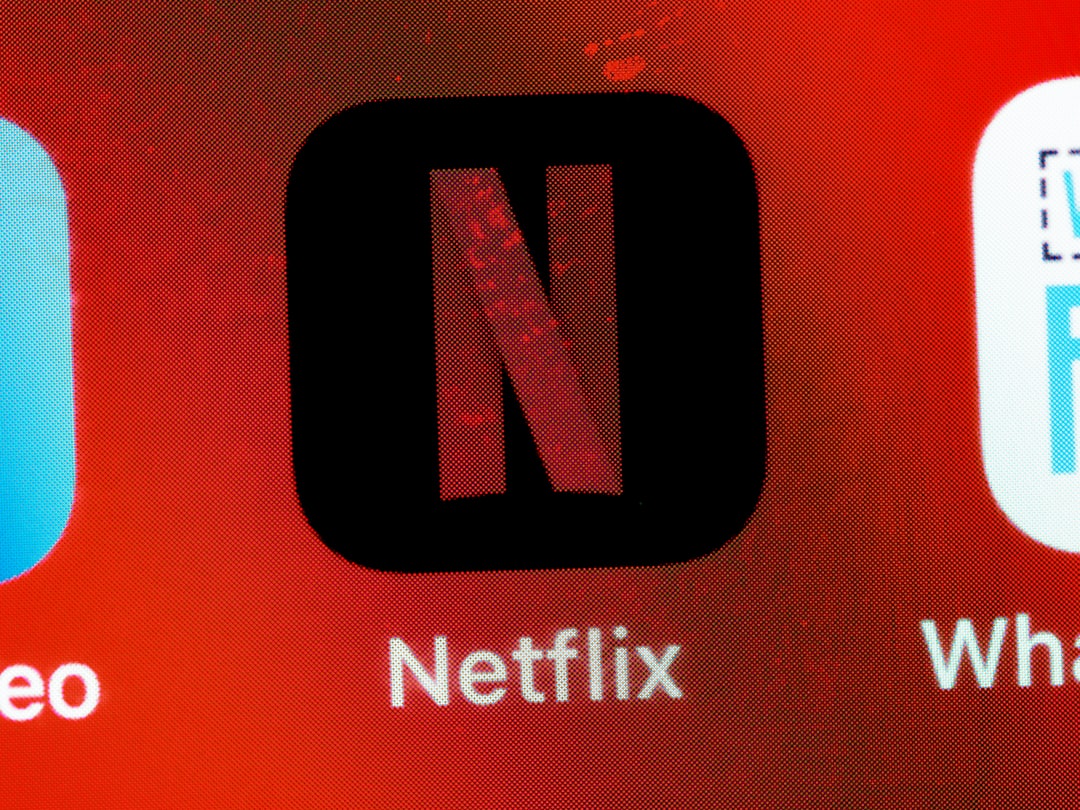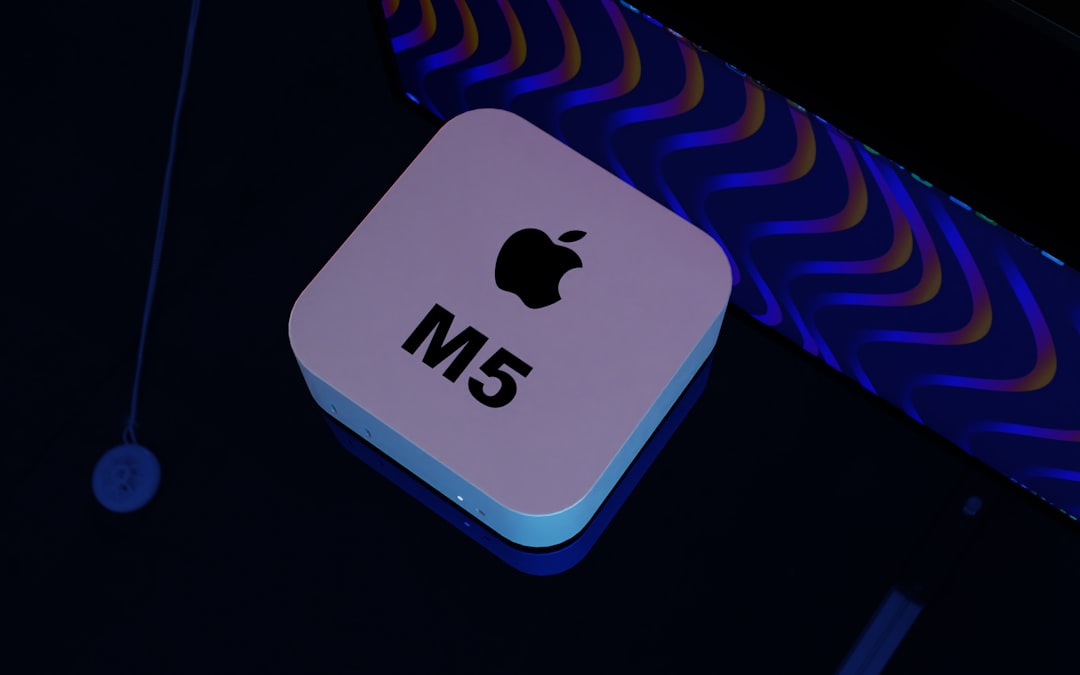Gmail is one of the most widely used email platforms in the world, trusted by individuals and businesses alike. However, when working with a slower internet connection, using Gmail can become a frustrating experience. Messages may take longer to load, attachments may fail, and general navigation within the interface may become sluggish. Fortunately, there are effective strategies to speed up Gmail and maintain productivity—even on limited bandwidth.
Use Gmail in Basic HTML Mode
One of the most effective ways to speed up Gmail is by switching to its Basic HTML view. This version eliminates most of the modern interface elements such as chat, rich formatting, and calendar widgets. While some advanced features are not available, this mode consumes far less data and loads much faster on slow connections.
To switch to Basic HTML:
- Go to https://mail.google.com/mail/u/0/h/.
- Log in with your credentials if prompted.
- The page will load in a simpler interface, optimized for speed.
For users with frequent performance issues, this is often the quickest and most reliable fix.
Disable Gmail Labs Features
Gmail Labs offers experimental features that can enhance functionality—but with a cost to performance. On slow internet connections, these features may reduce Gmail’s speed significantly.
To disable Gmail Labs:
- Click the gear icon in the top-right corner of Gmail.
- Select See all settings.
- Navigate to the Advanced tab.
- Disable any enabled Lab features from the list.
- Scroll down and click Save Changes.
Removing unused features lessens the load on the interface and accelerates the loading process.
Reduce Browser Extensions and Clear Cache
Web browser extensions can interfere with Gmail by slowing down its scripts or injecting additional content. Reduce or eliminate unnecessary extensions, especially those related to productivity, design, or email management.
To further enhance performance:
- Clear your browser cache to remove any stored data that may be outdated or corrupted.
- Ensure you’re using the latest version of your browser to benefit from up-to-date performance optimizations.

Disable Chat and Meet Modules
Google Chat and Google Meet are now integrated directly into the Gmail sidebar. While useful, these features can drain bandwidth and impact loading times.
To turn them off:
- Go to Settings → See all settings.
- Select the Chat and Meet tab.
- Choose Off under both Chat and Meet sections.
- Click Save Changes and reload Gmail.
This simple adjustment often leads to a noticeably faster experience.
Use a Lightweight Email Client
If accessing Gmail through a browser remains challenging, consider using a lightweight email client like Mozilla Thunderbird or Windows Mail. These applications often require less bandwidth than a full browser-based interface. Most can be easily configured with Gmail using IMAP settings to synchronize emails.
Steps typically include:
- Installing your preferred client.
- Entering Gmail credentials and enabling IMAP in Gmail settings under Forwarding and POP/IMAP.
- Allowing the program to sync messages directly to your system.

Limit Incoming Data Load
Reducing the number of emails loading at once can make Gmail much faster. You can limit messages per page to decrease loading demands.
Here’s how:
- Go to your Gmail Settings → See all settings.
- Under the General tab, find the option Maximum page size.
- Select a lower value such as 25 messages per page instead of the default 50 or 100.
- Click Save Changes at the bottom of the page.
This prevents Gmail from pulling too many conversations all at once—allowing faster page loads.
Conclusion
Slower internet shouldn’t prevent you from making efficient use of Gmail. By applying the techniques outlined above—such as switching to Basic HTML mode, reducing advanced features, and optimizing your browser—you can dramatically improve Gmail’s speed and usability. Taking a proactive approach ensures better productivity, even in low-bandwidth environments.
